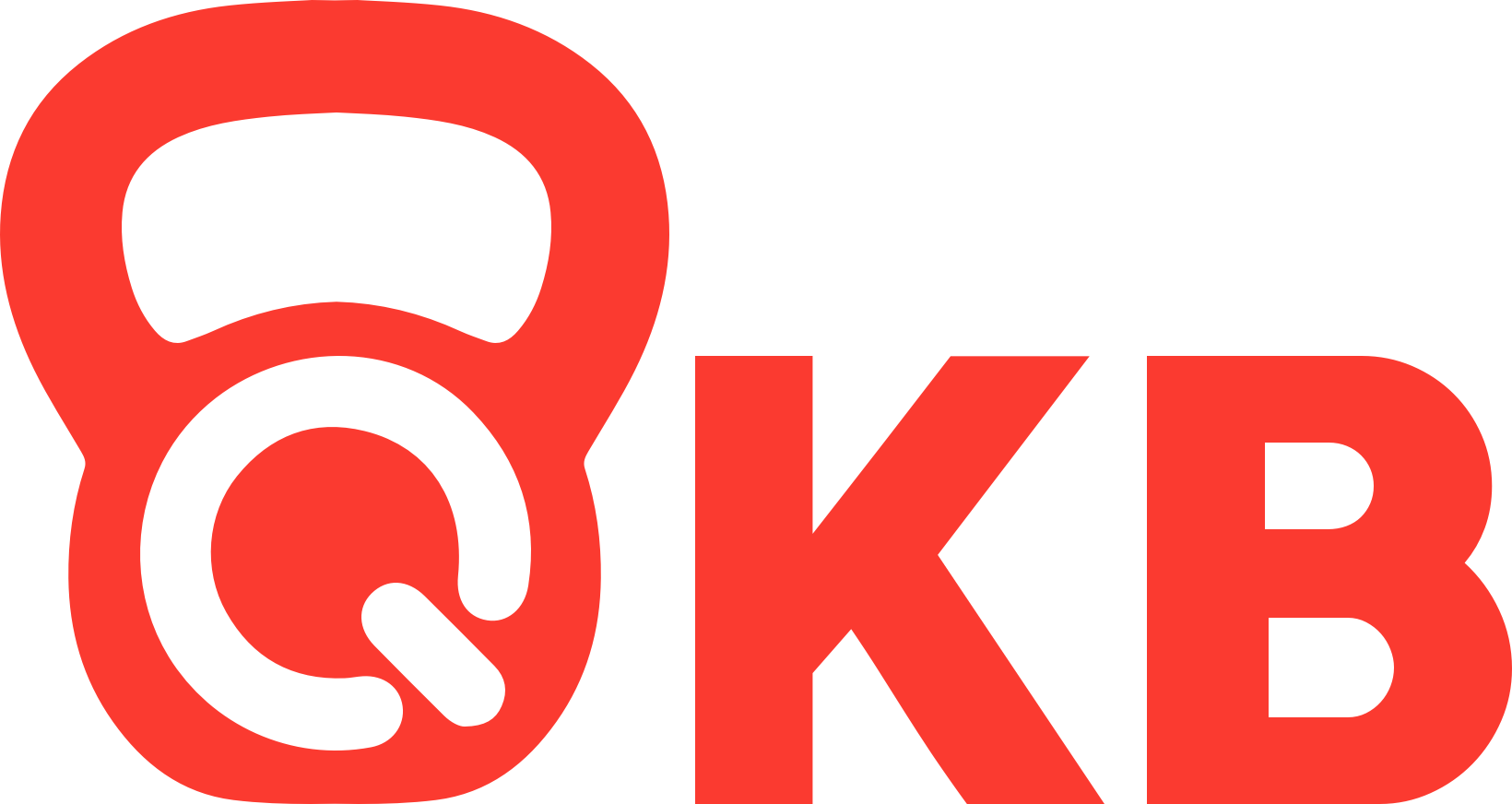The Road To The StrongFirst Girya (SFG) Certification - Pt 2 of 4
The next piece in our series to help you successfully complete the Strongfirst Kettlebell Certification works through more common issues that even the fittest participants struggle with; the kettlebell press.
GOAL:
To be conditioned enough and strong enough to focus on learning rather than struggling to survive the certification
MOST COMMON ISSUES:
Lack of swing / snatch conditioning
Too weak for the press
Poor ROM (often due to injuries or overtraining)
Soft hands (lack of time with the bells, lack of general hand care)
Too weak for the press
Pressing is a skill. It requires the ability to understand an efficient line, the ability to connect your body to the ground, and then the ability to effectively recruit the musculature needed to get the job done. Unfortunately, it’s also something that requires adequate musculature to generate the force necessary to move the weight.
There is a saying that Pavel quotes in Enter the Kettlebell and it reads:
“If you want to press a lot, you have to press a lot”.
The understanding of that, is that if you want to press heavier weights, you need to press often. What that doesn’t mean is that you need to press weights that you struggle with on a regular basis in order to get stronger.
There are usually two lots of people who arrive at the certification and can’t do the press. People who didn’t press enough, and people who couldn’t press enough. The people who didn’t press enough usually either started too late, or else didn’t prioritise getting strong with their pressing. Maybe they pressed weights that were too light for them and didn’t apply progressive overload, or maybe they pressed weight that was too heavy, and weren’t able to perform enough presses because it was too intense and/or they got injured.
Most training should occur in the sweet spot of an effort level of about six to eight out of ten. That means that you should finish most sets able to do a few extra repetitions, but having known that you’ve made an effort. That means that the majority of your training should be with a bell one to two sizes lower than what you’re capable of pressing.
Some good programs that will help you to refine your pressing are:
The Rite of Passage: This is my favourite all around certification preparation program. It’s simple, but it makes you super strong, and gives you a solid base of conditioning. In this program you will perform pressing ladders with a bell you can press 5-8 times (my recommendation for most people is to for a bell that they can press no less than 7 times). It will swiftly move from a very small number of presses in week one, to a large number of presses in week five, but you’ll almost always be able to do very high quality presses because of the way in which ‘ladders’, that start at 1 press and go up, are employed.
Kettlebell Strong: This is a double bell program that Geoff Neupert has created that takes the student from pressing a pair of bells for 4-5 tough reps, through to being able to press the same bells for 10 sets of 6 across 12 weeks. A huge difference in strength and strength endurance (ps. see if you can add that kind of strength in that kind of time without gaining muscle…).
This is my affiliate link. If you decide that you’d like to purchase it, and I’d highly recommend it, I’d appreciate you using this link.
https://piers.krtra.com/t/1SGrTlZKF9a4
These are all programs that you can follow along with from a book, but ultimately, there is nothing like having eyes on from someone who has gone through the certification before. If you can get to the StrongFirst Courses (KB101, KB201, KB301), they are just about the best possible base for these events, because you’ll get a StrongFirst certified Team Leader, Senior Instructor or Master Instructor who can look at what you are doing and give you direct feedback on what you need to improve to meet the standard at the event.
Keep your eyes peeled, because the next article in this series will give you a plan for preparing if you are worried about your range of motion or the way you’re moving.
